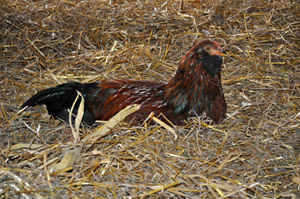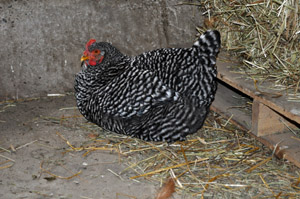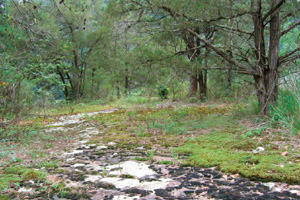Posted by · Leave a Comment
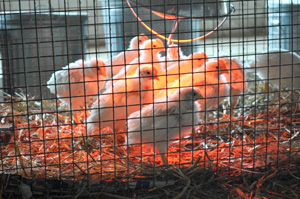
Chicks at 4 weeks old
Unbeknownst to us, a few nights ago (on the coldest, windiest night of the year thus far), we lost the heat lamp on the chicks. It happened in the middle of the night.
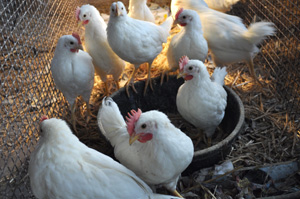
Chicks at 6 weeks old
Fortunately, the “chicks” are about 6 weeks old right now and have full sets of feathers. Typically, if you have chicks in the Spring the heat lamp is kept on them until they develop feathers and/or the weather is warm enough to sustain them, whichever occurs last.
Raising chicks in the winter is a different story. You might need two heat lamps to provide the necessary heat in a situation that would normally require just one in warmer months and you’ve got to be wary of drafts.
It’s also a good idea to have an extra bulb on hand at all times. The heat must be provided around the clock; even newborns, kept in the house, might not have enough heat to sustain themselves without the use of an infrared bulb.
These were the babies that came home with my daughter from school (fourth-graders hatched the chicks using incubators) at the tail-end of Fall—not exactly the ideal climate for raising chicks!
Thankfully, the “babies” had their feathers and everyone made it. We’ll keep them in their pen inside the coop until they grow a little larger. This serves two purposes: their size will mirror the size of the adult birds and will hopefully preclude the “oldies” from picking on the “newbies” and they’ll come to understand the coop as “home.”
Comments Off on Loss of Heat

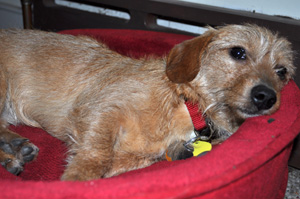
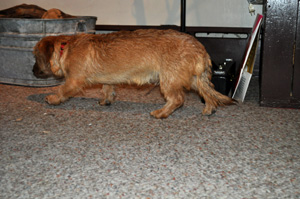
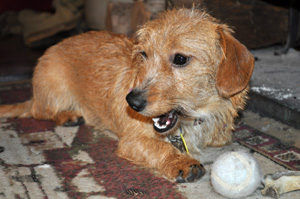
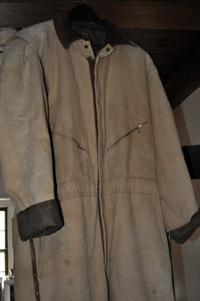


 At Christmastime, the homestead was decorated in a colonial manner, of course, and before your tour began, you were offered a cup of hot wassail. That cup, although delicious, varied dramatically from the wassail one enjoyed centuries ago. Today’s version is more like a mulled cider—yesteryear’s incorporated ale and spices with “sops” or toast placed on top to “sop” the liquid.
At Christmastime, the homestead was decorated in a colonial manner, of course, and before your tour began, you were offered a cup of hot wassail. That cup, although delicious, varied dramatically from the wassail one enjoyed centuries ago. Today’s version is more like a mulled cider—yesteryear’s incorporated ale and spices with “sops” or toast placed on top to “sop” the liquid.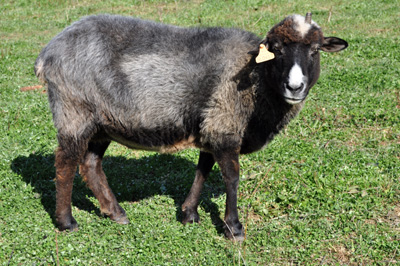 This is Reese, the matriarch of our flock. I took this picture because she was looking “fluffy.” Mind you, it’s not a word I use often when describing my sheep, but it seemed as though her coat had changed, almost overnight. She was sheared six weeks before so she already has over an inch of coat growth.
This is Reese, the matriarch of our flock. I took this picture because she was looking “fluffy.” Mind you, it’s not a word I use often when describing my sheep, but it seemed as though her coat had changed, almost overnight. She was sheared six weeks before so she already has over an inch of coat growth.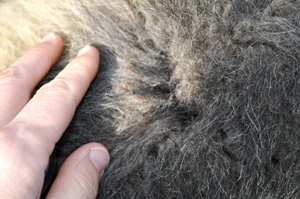
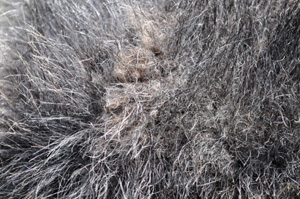
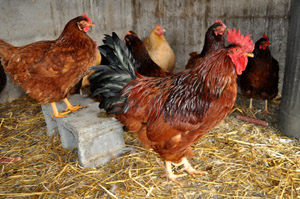 I was late one morning getting to the barn and opening the coop so everyone came charging at me when the doors were finally opened.
I was late one morning getting to the barn and opening the coop so everyone came charging at me when the doors were finally opened.